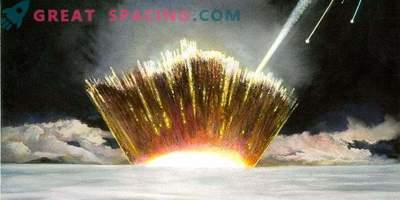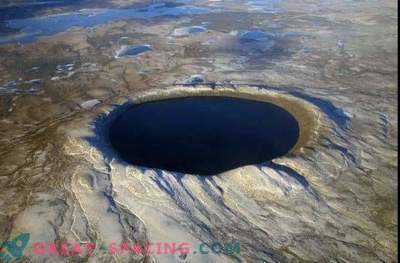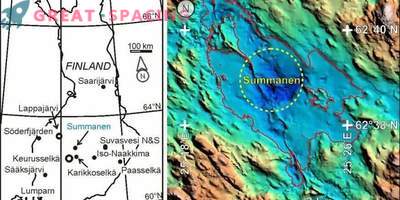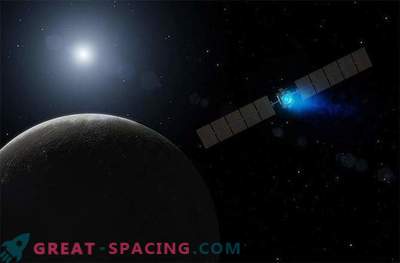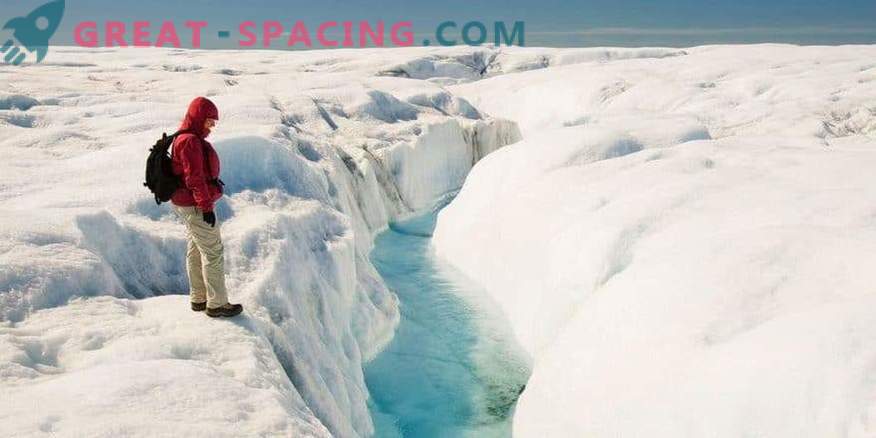
It is possible that scientists were able to detect the second large impact crater at a depth under the Greenland ice cover. The alleged crater is stretched wide for 36 km, but is still not officially recognized (as was the first find). On Earth, you can find a huge variety of grooves, resembling craters in shape, but not created when a meteorite falls.
Recall that the first find was found in November 2018 under the Hiawat Glacier. It shows a round shape, a towering rim, a central mound, as well as minerals that may have appeared after the fall of a meteorite.
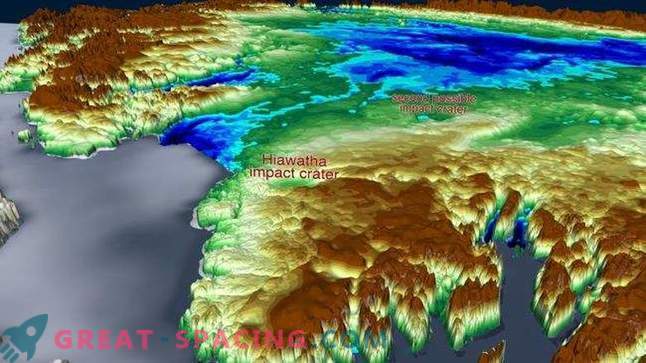
The topological map shows the location of two potential craters hidden under the ice sheet of Greenland.
The new candidate lacks a similar trace of minerals. Only the height data collected by 11 different remote sensing programs speak of its meteoric nature. They point to an amazing dent 183 km from the location of the first structure. It is less round, but also endowed with peaks and remarkable edges. Despite the proximity of candidates, scientists believe that they appeared at different times. Most likely, a new find was formed over 79,000 years ago, before the ice appeared. This increases the range of estimated ages, so they resorted to the second method of research. Scientists modeled how the impact crater could look like at the time of formation and calculated how many thousands of years of ice erosion will be needed to create the current shape. Analysis shows that the structure originated between 100,000 and 100 million years ago.
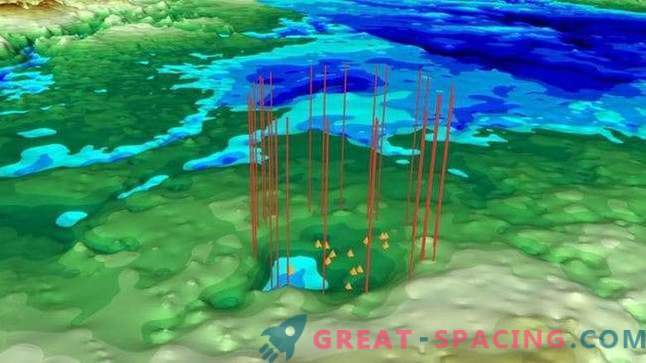
The vertical lines indicate the intended rim, and the orange triangles mark small peaks inside the potential crater under the ice of Greenland.
This range is much older than the first structure under Hiawat, which could appear between 3 million and 12,000 years ago. The structures are located at a depth of 2 km and still need further research to determine the true nature.
